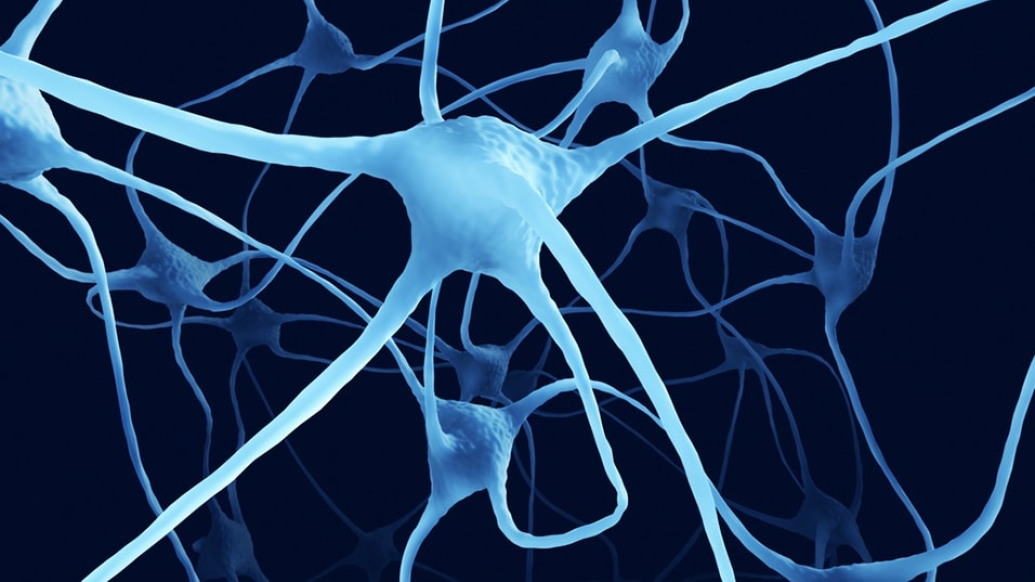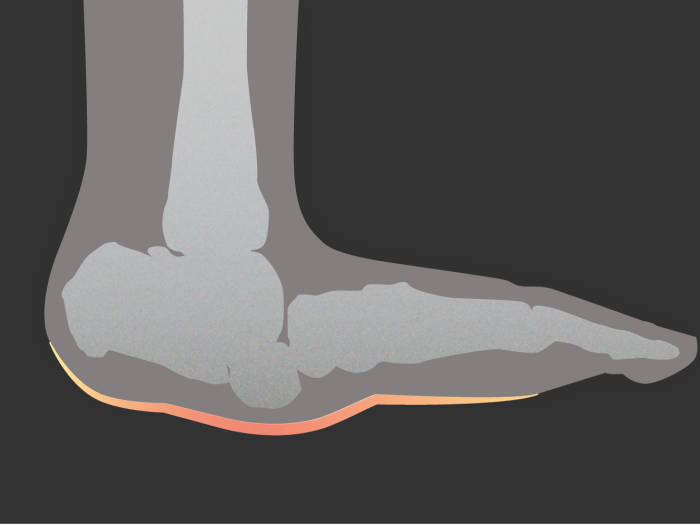New guidelines from Michigan Medicine researchers and the American Diabetes Association equip physicians with better information on the condition.
7:00 AM
Author |

An estimated 60 to 70 percent of people with diabetes develop some form of diabetic neuropathy, or the chronic nerve damage diabetes causes, according to the National Institute of Diabetes and Digestive and Kidney Diseases.
MORE FROM THE LAB: Subscribe to our weekly newsletter
With so many people affected, researchers at Michigan Medicine led a group of internationally recognized endocrinologists and neurologists from both sides of the Atlantic and teamed up with the American Diabetes Association to craft a new position statement on the prevention, treatment and management of the condition.
The statement provides recommendations for physicians on the overall prevention of diabetic neuropathy, noting that preventing this complication is a key component of diabetes care because treatments to reverse the underlying nerve damage are lacking. It also delves into various diabetic neuropathies and suggests guidelines to manage and treat each.
The ADA last released a statement on diabetic neuropathy in 2005. This update better reflects the current landscape of diabetic neuropathy care.
"Our goal was to update the document so that it not only had the most up-to-date evidence, but also was easy to understand and relevant for primary care physicians," says Rodica Pop-Busui, M.D., Ph.D., professor of internal medicine at Michigan Medicine Division of Metabolism, Endocrinology and Diabetes and lead author of the statement. "We wanted it to be accessible to whoever takes care of diabetes patients, not just specialists."
Another goal of the statement was to clarify the multiple forms of diabetic neuropathy that exist.
"We wanted to unify all of the various forms of diabetic neuropathy in a more objective and easy-to-follow recommendation method," Pop-Busui says. "Many physicians have used different classifications for neuropathies. We came to a consensus to classify them in a more logical pattern, or format, for clinical care."
"We asked ourselves: What are the critical steps that have to be followed to diagnose diabetic neuropathy efficiently without ordering unnecessary evaluations for the patient, which can be expensive and may involve long wait times?" Pop-Busui says. "We agreed on an algorithm that can be used in the clinical care setting so physicians have an easier understanding of when to perform a center evaluation or when they should refer the patient to a neurologist."
We agreed on an algorithm that can be used in the clinical care setting so physicians have an easier understanding of when to perform a center evaluation or when they should refer the patient to a neurologist.Rodica Pop-Busui, M.D., Ph.D.
Prevention and treatment recommendations
The research team includes a classification system for diabetic neuropathies within the statement, which describes the three main types: diffuse neuropathy, mononeuropathy, and radiculopathy or polyradiculopathy.
Diffuse neuropathy can be broken down into two categories, peripheral, which affects the feet and hands, and autonomic, which affects the internal organs. Common examples of diffuse neuropathy are distal symmetric polyneuropathy (DSPN) and cardiovascular autonomic neuropathy (CAN).
Mononeuropathy occurs when a single nerve or an isolated nerve group is damaged. Radiculopathy occurs when the root of a nerve is pinched.
After establishing the classification system, the research team provides recommendations for overall prevention of diabetic neuropathy, including:
-
In type 1 diabetes, work to effectively control glucose as soon as possible to prevent or delay the development of DSPN and CAN.
-
In type 2 diabetes, work to effectively control glucose to prevent or slow the progression of DSPN.
-
With type 2 diabetes, consider a multifactorial approach with targeting glycemia and other risk factors to prevent CAN.
Recommendations for screening and diagnosing, managing and treating the specific forms are also now available.
For example, with DSPN, one of the most common forms of diabetic neuropathy encountered in the clinical setting, the researchers say:
-
All patients should be screened for DSPN as soon as they are diagnosed with type 2 diabetes and five years after the diagnosis of type 1 diabetes, with annual screenings afterward.
-
If you have a patient with prediabetes who has symptoms of peripheral neuropathy, consider screening.
-
Assessment should include a careful history check, in addition to either a temperature or pinprick sensation (if the patient has small-fiber function) or a vibration sensation using a 128-hertz tuning fork (if the patient has large-fiber function). All patients should have an annual 10-gram monofilament testing to determine if their feet are at risk for ulceration or amputation.
-
Electrophysiological testing or referring the patient to a neurologist is rarely needed for screening, except if the symptoms presenting are atypical, such as motor greater than sensory neuropathy, rapid onset or asymmetrical presentation. You can also refer if the diagnosis is unclear or different etiology is suspected.
DSPN pain management
Pop-Busui mentions pain is often the reason many diabetic neuropathy patients seek help from their providers. The researchers recommend:
-
As the initial approach, consider either pregabalin or duloxetine.
-
Gabapentin can also be considered as an effective initial approach, but the patient's socioeconomic status, comorbidities and potential drug interactions have to be taken into consideration.
-
Tricyclic antidepressants are also effective but are not approved by the U.S. Food and Drug Administration and should be used with caution because of the higher risk of serious side effects.
-
Opioids are not recommended as first- or second-line agents for treating pain associated with DSPN because of the high risks of addiction and other complications.
The importance of guidelines for diabetic neuropathy pain management
Pop-Busui says the position statement update is especially timely.
"Treatment of neuropathy pain is specifically relevant because, unfortunately, there has been much overprescribing of narcotics for neuropathic pain," Pop-Busui says. "We now provide clear evidence to fellow physicians that other agents are available and are more effective in treating diabetic neuropathy. We also demonstrate that there are ways to stay away from prescribing opioids and avoiding the epidemic of addiction and serious health consequences associated with opioid use in patients with diabetes."
She adds, "We hope these guidelines bring together primary care physicians, endocrinology specialists and neurologists to expand the care provided to diabetic patients."

Explore a variety of healthcare news & stories by visiting the Health Lab home page for more articles.

Department of Communication at Michigan Medicine
Want top health & research news weekly? Sign up for Health Lab’s newsletters today!





